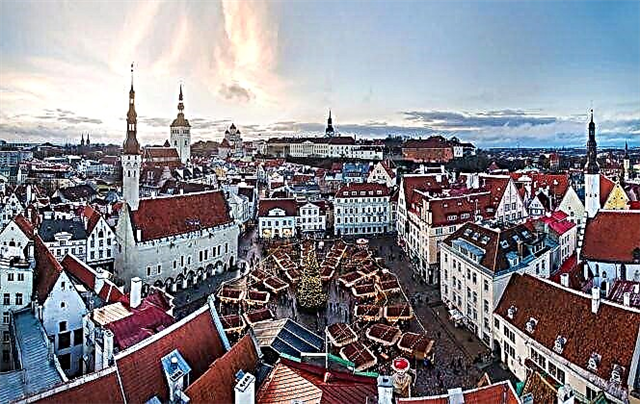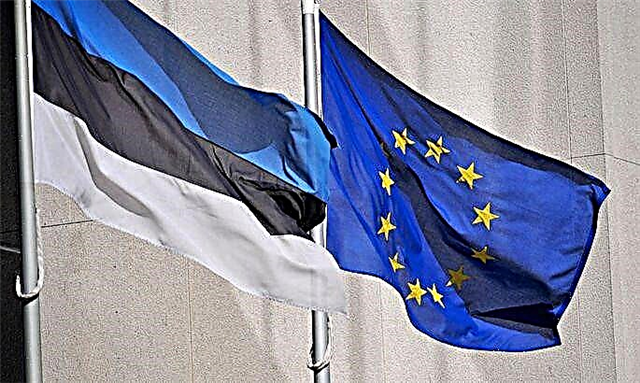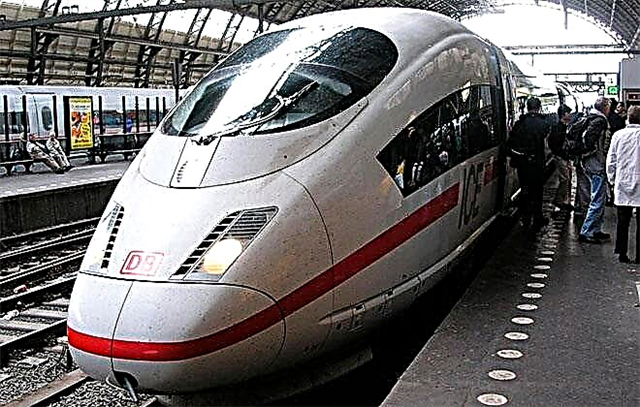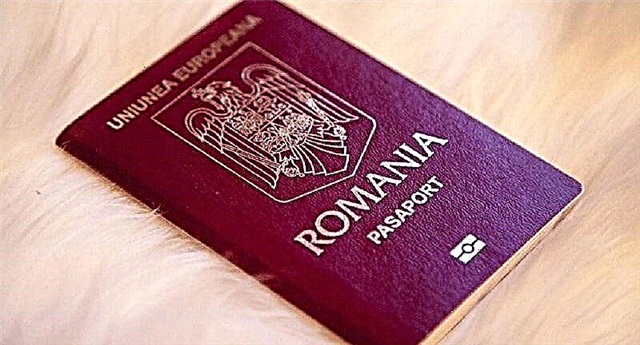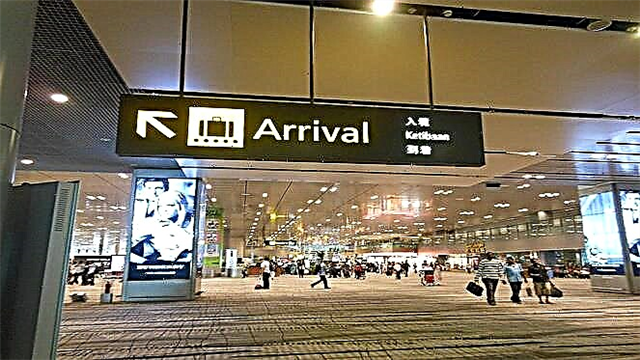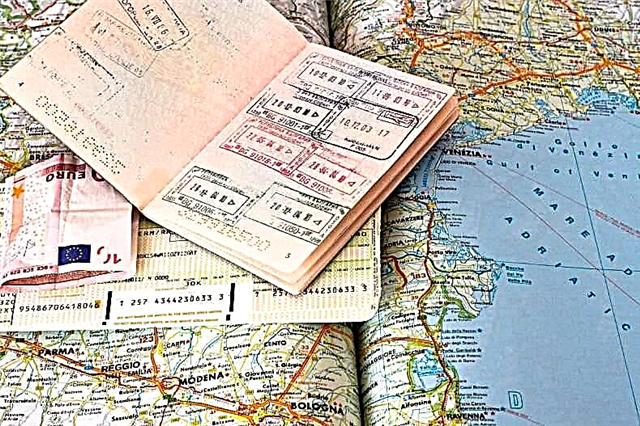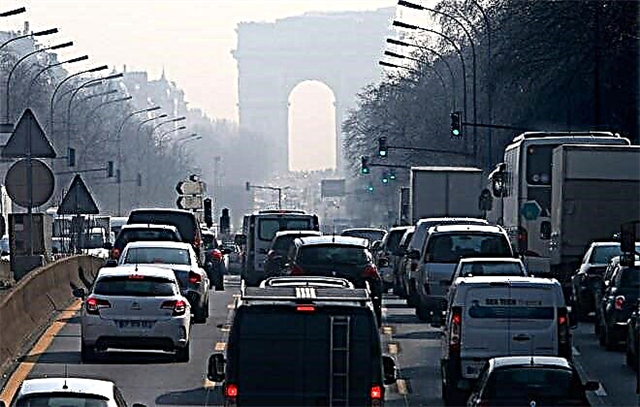In French lands, the first transport system appeared more than two millennia ago. The Romans who ruled in Gaul at that time built several roads that crossed the country from south to north and from east to west, which have survived to this day. Modern transport in France is much more efficient than Roman chariots, and the transport complex is one of the most developed among the G7 countries. The French already have something to be proud of, but their transport deserves special respect.

General information
France is actively developing all modern modes of transport. The density of highways (146 km per 100 sq. Km) is considered one of the highest in the world. Their total length exceeds 960 thousand km. And this suggests that road transport is a priority here.
As in all continental Europe, the country has adopted a right-hand drive. Roads are divided into the following types:
- highways - with the obligatory presence of gas stations every 50 km, a concrete dividing strip, the absence of traffic lights, pedestrian crossings and a speed limit of 130 km / h;
- national - with a speed limit of 90 km / h, and in the presence of a concrete dividing strip - 110 km / h;
- departmental significance - local with a maximum speed limit of 90 km / h.
The main transport routes in France are usually toll.
About fifty French cities are connected by high-speed rail lines with a speed of over 300 km / h. France is considered the leader of the European Union in the introduction of modern and innovative types of trains.
The railway network is the longest in Western Europe (about 30 thousand km long). The total freight turnover exceeds 40 billion t-km.

The country is successfully developing air transport thanks to 295 airports with asphalt or concrete runways.
The national airline Air France is one of the largest in the world. The geography of his flights covers almost all corners of the planet.
The country has 89 seaports, of which the largest are Marseille, Le Havre and Dunkirk. There are railway and road tunnels under the English Channel between France and Great Britain.
Take a sociological survey!
[yop_poll id = ”12 ″]
Public transport
Public transport in France is mainly represented by intercity bus services, commuter trains, city bus lines and taxis.
There is a metro in Paris, Lyon, Marseille, Lille, Toulouse and Rennes.
In some cities, the use of trams, forgotten since the 30s of the last century, is reviving, and in Rouen there is even an underground expressway.
Ski-buses are available at the ski resorts, which are free of charge with a local ski pass. In some places it is possible to travel by horse-drawn transport: sleighs and sleds.
French buses
 Buses in towns and cities in France are an ideal form of transport for getting around. A large number of lines, stops at the most interesting places and traffic strictly on schedule allow you to plan routes and quickly get to know the sights. The vehicles are modern and comfortable.
Buses in towns and cities in France are an ideal form of transport for getting around. A large number of lines, stops at the most interesting places and traffic strictly on schedule allow you to plan routes and quickly get to know the sights. The vehicles are modern and comfortable.
Typically, the schedule includes a timetable from 6.30 am to 8.30 pm. In large centers, buses stop running later.
In particular, in Paris, a late tourist can count on the NOCTAMBUS routes, operating from 01.00 to 05.00 in the morning within four zones.
In Marseille, most buses run until 21.00. The Fluobus network serves urban transport routes until 00.30.
The bus has no alternative if you need to get from town to town with direct train transfers.
Travel passes and tickets can be bought at numerous tobacco shops, which are even recognized from afar by ticket signs, at metro stations and from drivers.
The fare depends on the time of day, zone and management company. In Paris, it varies between 1.9-11 euros for a one-time trip. The night route costs between 2.7 and 16.1 euros per person.
Navigo Semaine weekly passes cost from € 20.4 for zones 1-2, up to € 34.4 for zones 1-5. The tariffs can be found on the operator's website, the RATP company.
In other cities, the rates are different. For example, in the same Marseille, a universal one-trip ticket costs 1.5 euros, and you can buy it from the driver or even in a cafe.
The bus can only be entered through the front door. The ticket is composted at the entrance. All stops are on demand. The route map is available in the cabin. At the bus stops there are panels showing the time of arrival of the next bus.
Tram and trolleybus service
 Modern tram or light rail networks operate in Paris, Lyon, Orleans, Grenoble, Lille, Toulouse, Rouen, Montpellier, Saint-Etienne, Bordeaux, Strasbourg and Nantes.
Modern tram or light rail networks operate in Paris, Lyon, Orleans, Grenoble, Lille, Toulouse, Rouen, Montpellier, Saint-Etienne, Bordeaux, Strasbourg and Nantes.
Tram lines open in Dijon, Le Havre, Tours and Fort-de-France. Modern and comfortable wagons of the local company Alstom are used here. Tickets cost and are sold in the same way as bus tickets.
The peculiarities of the transport network in France are surprising. For example, the trolleybus has survived only in Lyon. Here he runs from 05.00 to 24.00, with an interval of 8-10 minutes (maximum 12). A single ticket costs 1.9 euros, but with the Lyon City Card multiple trips are much cheaper.
Taxi
Taxis are always available at special (marked with a blue sign with the inscription TAXIS) parking lots. The car can be stopped by hand, provided that it is free: the white "TAXI" lamp on the roof is lit and the counter with a flag at the windshield is raised. If there is no parking nearby, the taxi driver will not stop.
Payment is always on the counter. The taxi fare includes 2.5 euros for a landing plus from 60 cents per km during the day (tariff A), and 1-3 euros at night and on weekends (tariff B). For luggage, they take 1–2 euros.
Outside the city, prices are about 40% higher, since the return trip is paid. Waiting times are estimated at around € 20 per hour and the tip is 10%.
It is better to use the services of operators, ordering a car by phone or through mobile applications.
Car rental
You can find rental companies at every airport and at most train stations. They can also be advised in hotels. The cost of services depends on the class of the car and the rental service. In general, they are average worldwide.
One of the best car rental services in France, which is available in Russian.
To rent a car, you must have an international driver's license and a credit card (for some models, for example, Mercedes E class - 2 credit cards). The driver must be over 21 years old (for some car models and classes over 23 years old) and have at least a year of driving experience.
At the time of the conclusion of the agreement, a deposit will be withdrawn from the bank card, which is equal to the entire rental amount. You must pay for car rental services in France after you return the vehicle.
French Metro
 The metro is available in Paris, Lyon, Marseille, Lille, Toulouse and Rennes. The biggest one is Parisian. It is also characterized by the highest density and load of lines (possibly in the world). Open from 05.30 am to 01.40 am.
The metro is available in Paris, Lyon, Marseille, Lille, Toulouse and Rennes. The biggest one is Parisian. It is also characterized by the highest density and load of lines (possibly in the world). Open from 05.30 am to 01.40 am.
During rush hour, the waiting time does not exceed 2 minutes. On Friday, Saturday and before holidays, the metro is open until 02.00.
The journey costs 1.9 euros. Tickets and passes for all public transport are sold at every station at ticket offices and vending machines, at RER stations, at airports, at tourist information desks, at tobacco and newsstands. The types and possibilities of travel tickets in Paris can be found on the city's public transport website.
Express Ile-de-France
Five electric train lines RER or Reseau Express Regional connect the center of Paris with the suburbs.They are the most convenient for travel to the airports named after Charles de Gaulle and Orly.
The fare is € 1.9. Vending machines and ticket offices are located at the stations. If the route goes outside the city, a ticket is required that is valid for the entire Ile-de-France region.
Air traffic
All major French cities have international airports. The busiest are Parisian ones: Charles de Gaulle (25 km from the city) and Orly (14 km from Paris). These are the largest aviation hubs in Europe.
There are international airports in Bordeaux, Lyon, Marseille, Nice, Strasbourg and Toulouse.
Railways
Rail transport in France is of great importance, especially high-speed. Almost 16 thousand km of tracks have been electrified.
Transportation is carried out mainly by the national company SNCF, which operates the 2.6 thousand long TGV high-speed rail network. Domestic fares do not exceed 100 euros. You can order a ticket on the company's website.
Water transport
 France's natural and technological waterway network is the largest in Europe. French maritime transport annually carries over 15 million passengers. Ferries from Dover, Marseille, Nice and Toulon run to the UK, Ireland and Corsica.
France's natural and technological waterway network is the largest in Europe. French maritime transport annually carries over 15 million passengers. Ferries from Dover, Marseille, Nice and Toulon run to the UK, Ireland and Corsica.
Several companies organize river tram trips along the Seine.
Bike rent
There is a well-developed bicycle rental network in large cities. There are two companies operating in Paris:
- Vélib 'Autolib; the cost of the service is from 1.7 euros per day and 10 - per week;
- Vélos Bleus: rental costs from 1 euro per day, 5 - per week and about 18 euros - per month.
The rent is paid by a card (with an EMV chip) in a special machine. A deposit of 150 euros is deducted from the account, which is then returned.
How to save money on travel in Paris
If we talk about real savings, then it is better to travel on foot or by bike. Renting a car is more profitable than a taxi. If you want to relax and not overpay for public transport, you should take care of transport cards or long-term travel passes.
All major Parisian landmarks are located in the first zone. For viewing, it is enough to purchase Carnet - a set of ten t + tickets worth 14 euros.
For those under 26, it makes sense to buy Youth Ticket Weekend for the weekend. All five zones are available for two days for only 8.95 euros.
If you want to travel to Versailles or further from the center, the Ticket Mobilis daily ticket is more profitable.
For a trip to Disneyland, it is better to purchase Tickets for MLV Cressy Disney from the machine on the subway for 7.6 euros.
Especially for tourists, a Paris Visite ticket has been developed for 38.35 euros, designed for 1-5 days and getting discounts on visits to some museums.
Conclusions
France is very beautiful, but also expensive. In the truest sense of the word. Excellent transport opportunities are combined with unprecedented high prices for us. The main modes of transport in France are expensive. But this is Europe, a mecca for tourists from all over the world and you will have to put up with it.
On the other hand, the desire to save money is quite normal. Before the trip, you should familiarize yourself with all the options in more detail, buy a map, travel guides, visit the websites of transport companies and consult with compatriots who have just returned.



